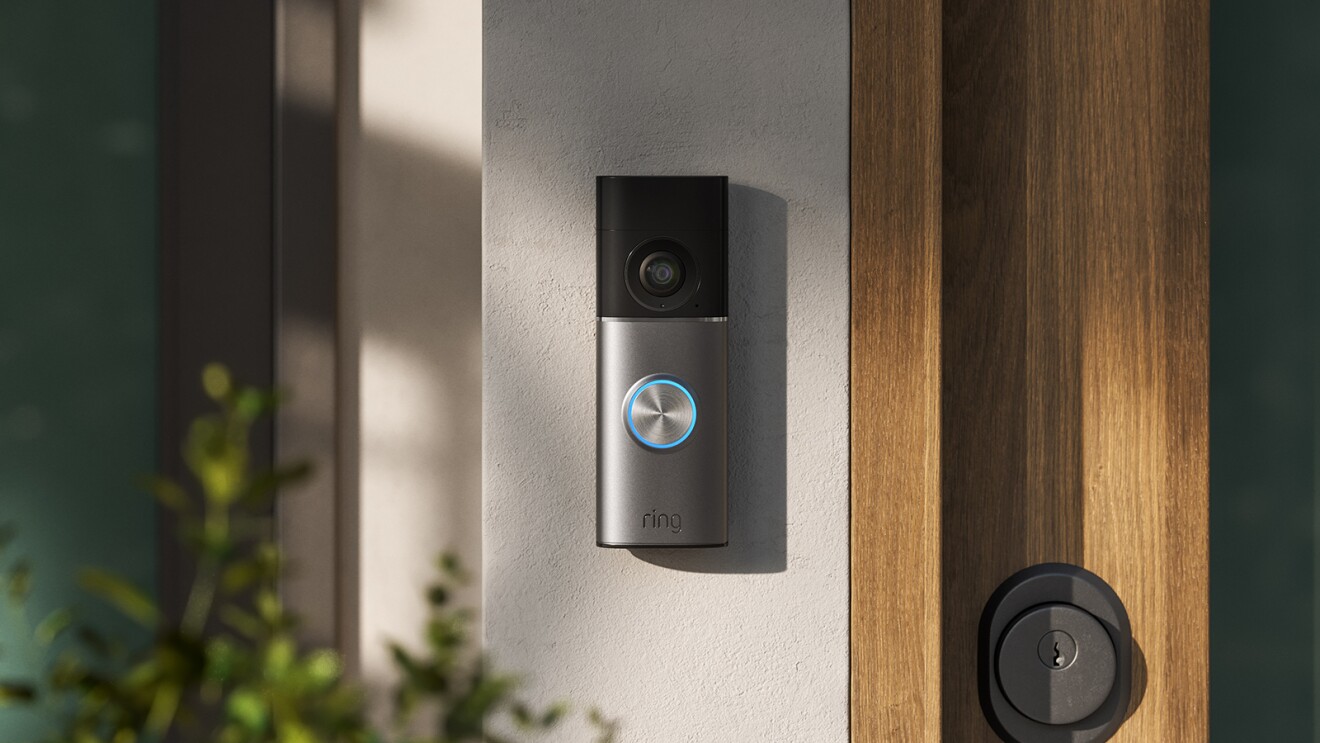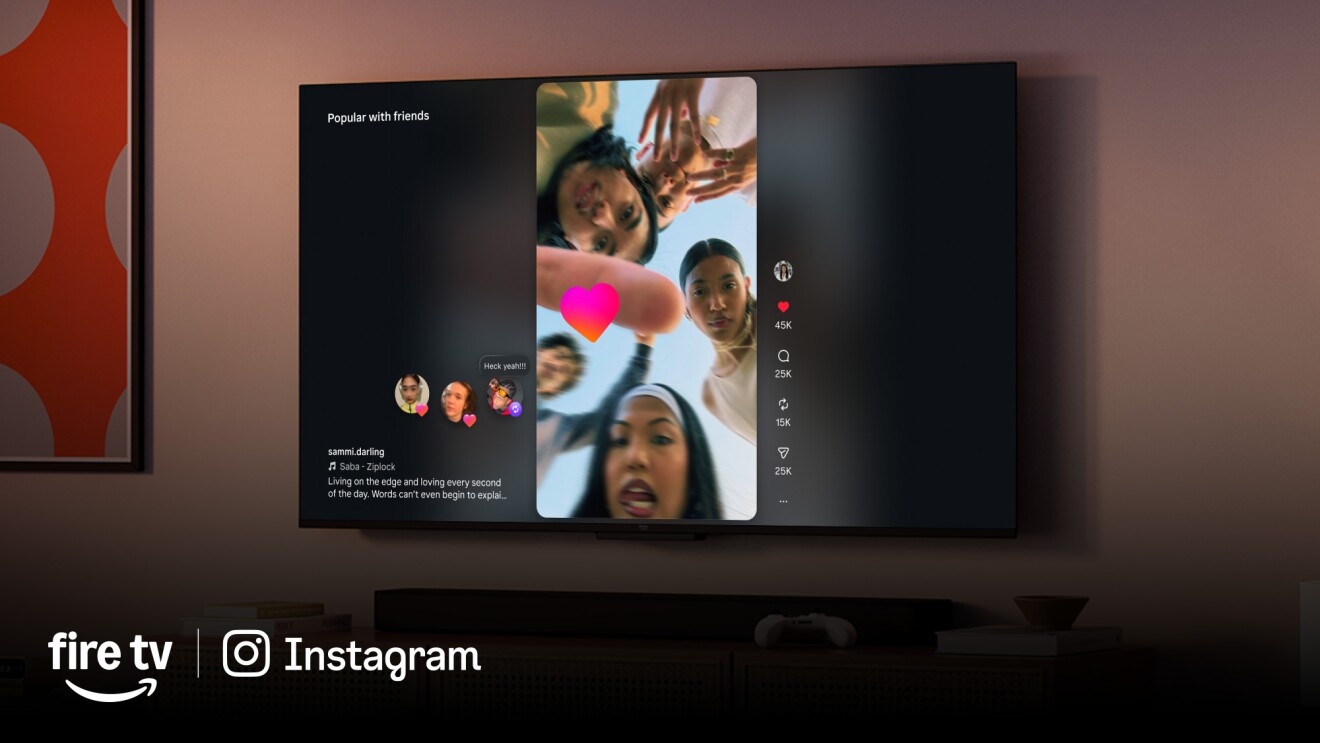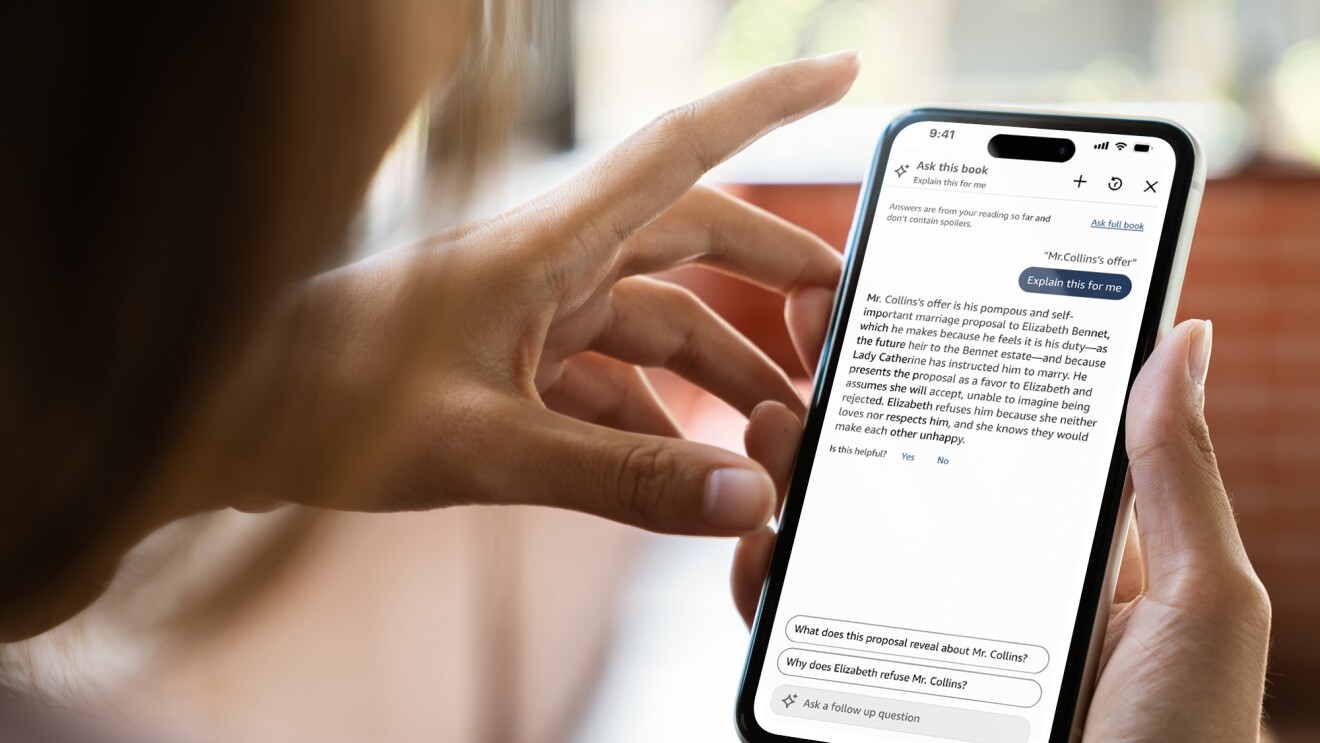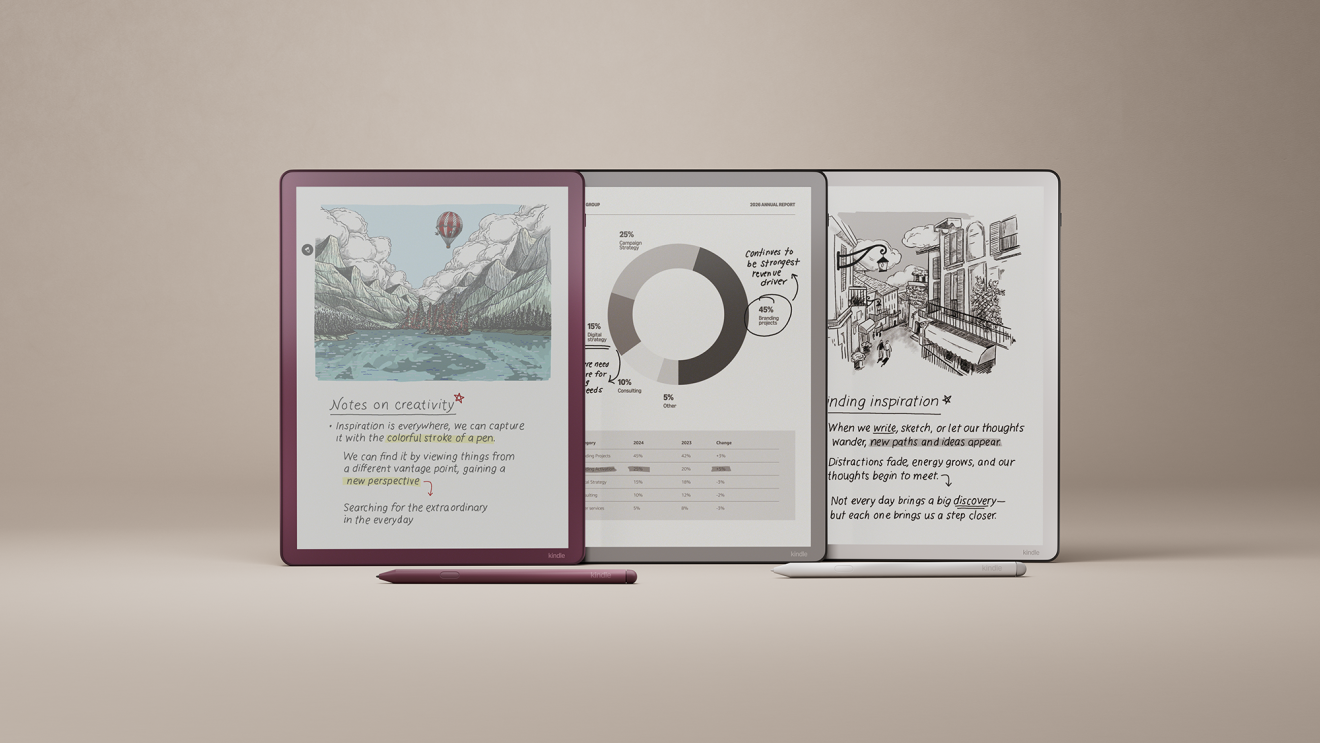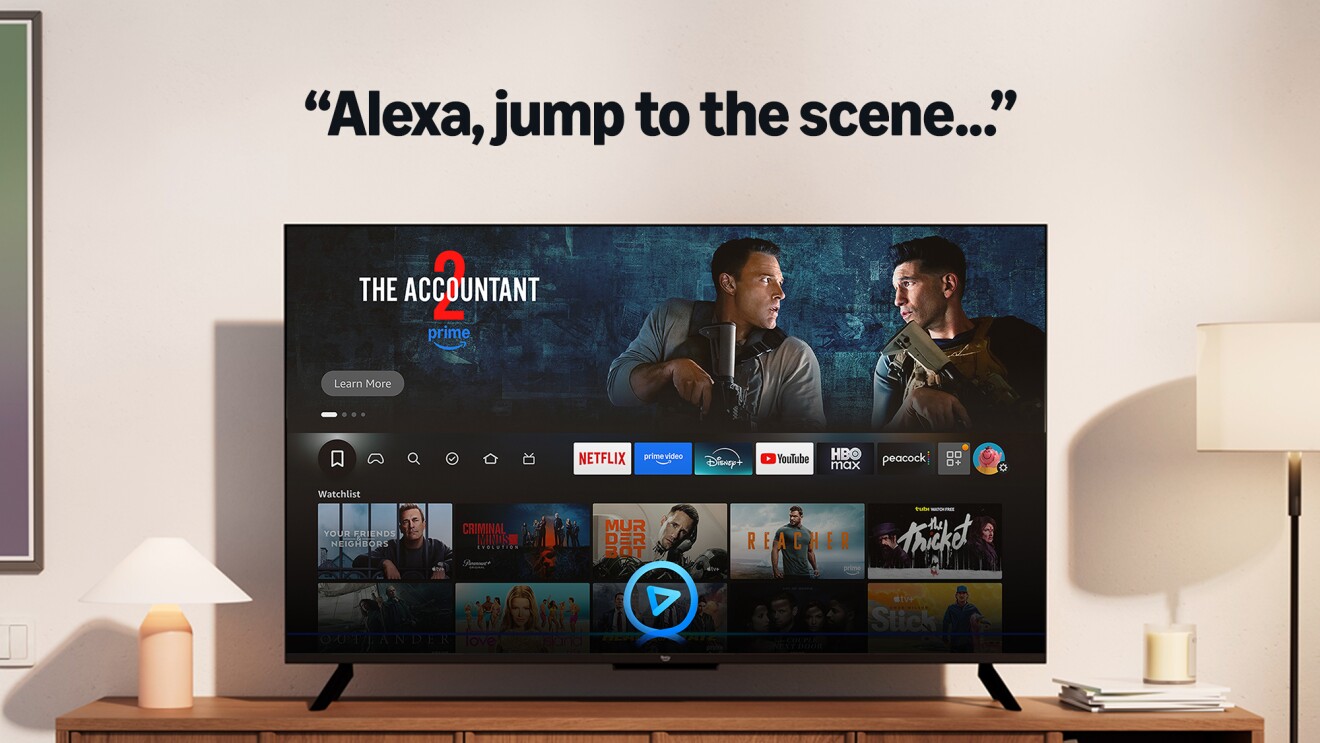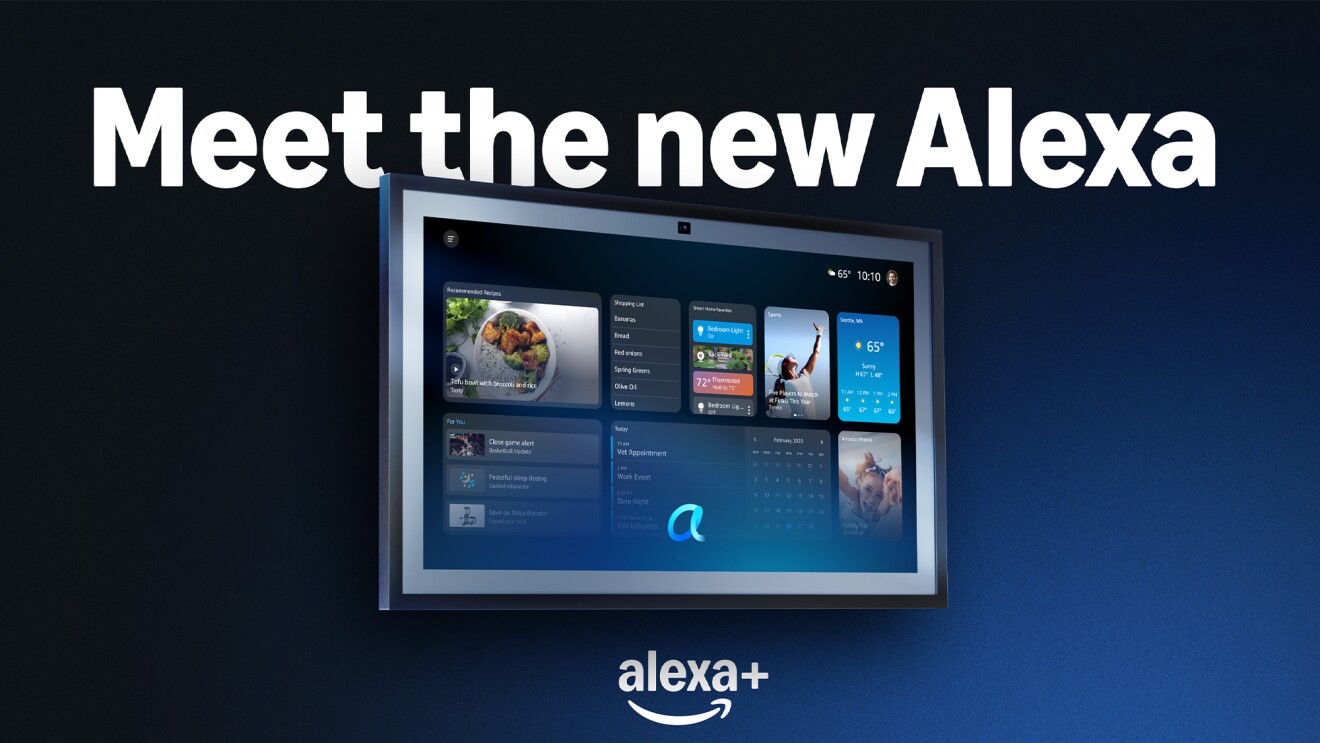NASA’s Orion spacecraft recently returned to Earth as part of Artemis I, the first of several missions intended to land the first woman and the first person of color on the Moon. Alexa was on the mission as part of Callisto, a technology demonstration payload embedded in the spacecraft and developed by Amazon, Lockheed Martin, and Cisco.

Sahana Arani, Pratima Dandamudi, and Lacey Williams—three women at Amazon who helped launch Alexa into space—all became obsessed with science, technology, engineering, and math (STEM) at an early age, and are hoping to encourage the next generation of explorers, scientists, and engineers. When we talked to them, they had advice for anyone who is eager to follow in their footsteps.
1. Dream big
"When I was deciding on a career, I received advice to go into the arts and humanities," said Arani, an audio and acoustics test engineer with Amazon in Sunnyvale, California. "I remember thinking about the hard work I had put in every day to get better at math and science, so I decided to ignore my advisors and just go for it. And that’s my advice to young girls: Dream big and don’t be afraid."
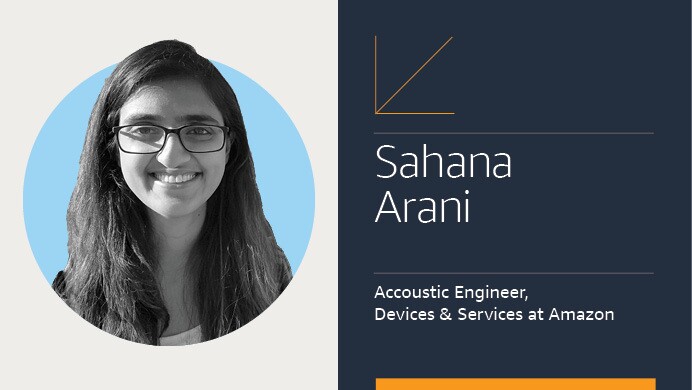
Arani—who worked on acoustic design, performance optimization, analysis, and testing of the space-faring version of Alexa—said she was a "dreamer" as a girl, and prone to stargazing. By the time she was in high school, she was pouring over books by Carl Sagan and Stephen Hawking.
"Most of it went over my head, but those books made me want to learn everything I could about space," she said. "Another big influence was my grandfather, who introduced me to Indian classical music and jazz from the bebop era. Those early influences stayed with me, and after my undergrad in electrical engineering, I got a master’s in acoustics and signal processing."
Arani's colleague Dandamudi, a technical program manager at Lab126—Amazon's research and development center in Sunnyvale—also took inspiration from her relatives.
"My mother was an engineer for an enterprise under India’s Department of Atomic Energy, a remarkable outcome when you consider that her father was a farmer who couldn’t read or write," she said. "My grandfather was unusually broad-minded, and he paved the way for me by encouraging his daughter to sidestep traditional paths and pursue a career in science and technology."
2. When stuck, get creative
As a quality-assurance engineer on the Amazon team responsible for sending Alexa into space as part of Callisto, Dandamudi oversaw end-to-end software testing for the Virtual Crew Experience, which enabled people in Houston to interact with Alexa.

"We tested more than 3,500 'utterances' for different domains, including cabin control, instrument reading, and data transmission," she explained. “This helped the team fine-tune the natural-language algorithms so Alexa could ‘understand’ commands and take appropriate action."
Dandamudi's advice for anyone who’s eager to pursue a career in science and technology? Make the most of available resources.
"If you're struggling with something like linear equations, don’t assume it has anything to do with aptitude," she advised. "We're in the information age, so go online and watch videos that outline multiple approaches to linear equations—or whatever has you stuck."
3. Your passion can be your profession
Williams, a software development manager for Alexa Voice Services in Seattle, said her interest in programming took root early, but she didn’t realize for years she could make a career of it.
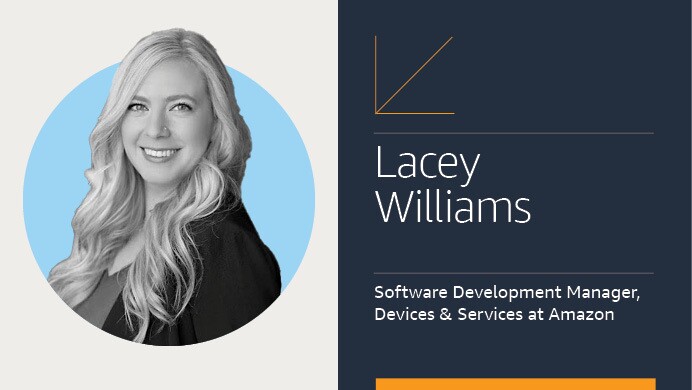
"I was fortunate enough to have a computer in my house when I was very young, and I’ve been designing and developing programs as far back as I can remember," she said. "But I was already in my senior year at college when I discovered I could actually pursue a career in software development."
This late-stage realization—and a hectic senior year as she scrambled to add a management of information systems concentration to her business degree—informed Williams' advice.
"It’s not lost on me that I could have taken this direction earlier if I’d had a mentor growing up," she said. "That’s why I encourage girls through ‘Girls Who Code’ organizations, and teach grade-school kids how to get started in software development. And it's why I advise all young people to try everything that captures their interest."
Williams led the team responsible for creating what you hear and see on Alexa devices here on Earth when you give space-related commands like, “Alexa, take me to the moon,” or pose questions about the Artemis program.
"My favorite part of our Alexa experience was how the real-time dashboard responded when you said, 'Take me to the moon,' anytime during the Artemis I mission," she said. "You’d see the exact location and speed of the Orion rocket and where it was in orbit."
This feature is the result of her team's painstaking integrations between Alexa and NASA’s real-time telemetry—that is, instrument-reading—data.
"I'm fortunate to have a career I love," said Williams.
Want to learn more about Alexa in space, or about the importance of diversity in STEM? Check out this video with actor and producer Taraji P. Henson, who visited the Johnson Space Center in Houston during the mission and was able to talk to and remotely control the Alexa device on board the Orion from over 230,00 miles away.



